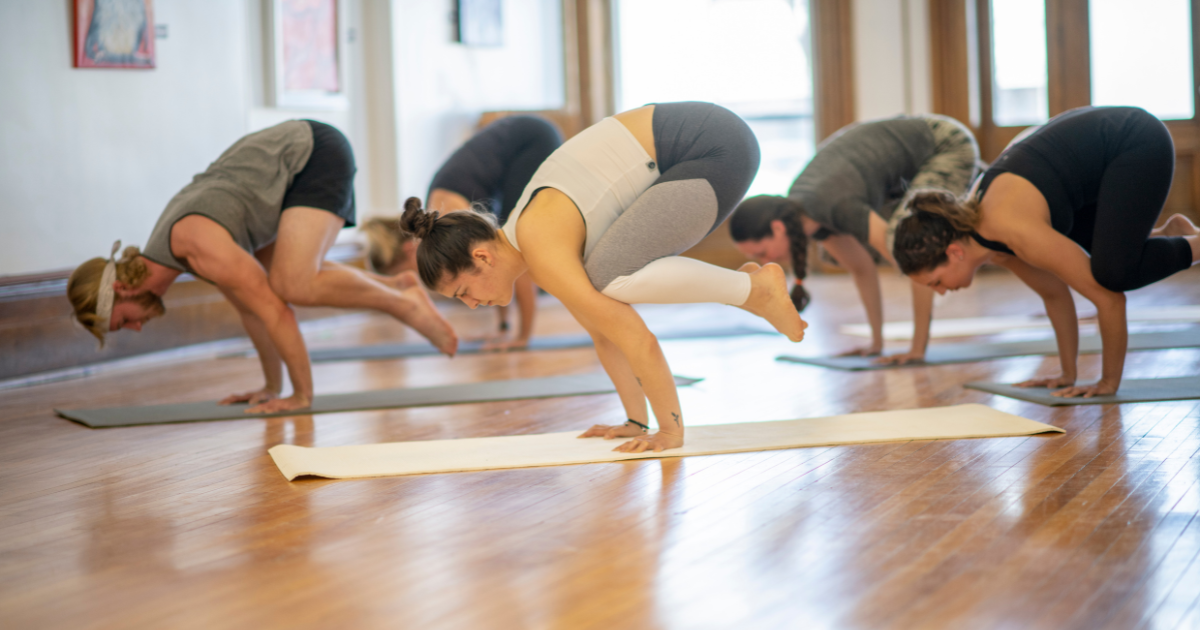Half Primary vs. Full Primary in Ashtanga Yoga: What’s the Difference?
In Ashtanga yoga, the Primary Series (Yoga Chikitsa, meaning "Yoga Therapy") is the foundational sequence designed to detoxify the body and build strength, flexibility, and focus. As students progress through their practice, they often encounter terms like Half Primary and Full Primary, which describe different stages of practicing this sequence.
If you’re new to Ashtanga or transitioning between these stages, you might wonder: what exactly is the difference between Half Primary and Full Primary? This guide will break down the distinctions, benefits, and how to approach each stage in your practice.
What Is the Primary Series in Ashtanga Yoga?
The Primary Series is the first of six Ashtanga series, structured as a flowing sequence of postures linked by breath and movement (vinyasa). It begins with Sun Salutations (Surya Namaskara A and B), moves through a set of standing postures, and progresses to seated poses, backbends, and a finishing sequence.
The Full Primary Series includes all postures in the sequence, while Half Primary involves practicing a shorter portion.
What Is Half Primary?
Half Primary is a modified version of the Primary Series, often used by beginners or practitioners working on building strength, stamina, and familiarity with the sequence. Typically, Half Primary includes:
Sun Salutations (Surya Namaskara A and B)
Standing Postures (through to Parsvottanasana or Prasarita Padottanasana)
A selection of seated postures, usually up to Navasana (Boat Pose)
The Finishing Sequence (starting from backbends and ending with Savasana)
This shorter version allows practitioners to focus on form and breath without feeling overwhelmed by the full series.
What Is Full Primary?
Full Primary involves completing the entire sequence of postures in the Primary Series, including all seated poses, backbends, and the finishing sequence. The full practice is physically and mentally demanding, requiring strength, flexibility, and stamina. It’s often reserved for more experienced practitioners or those ready to commit to the full sequence under the guidance of a teacher.
Key Differences Between Half Primary and Full Primary
Length - Half Primary - Shorter, typically 60–75 minutes
Length - Full Primary - Full sequence, 90–120 minutes
Postures - Half Primary - Ends around Navasana (Boat Pose)
Postures - Full Primary - Includes all seated postures through to Setu Bandhasana
Intensity - Half Primary - Less intense, suitable for beginners
Intensity - Full Primary -More physically and mentally demanding
Purpose - Half Primary - Build strength and familiarity
Purpose - Full Primary - Develop endurance and deepen practice
Benefits of Practicing Half Primary
Accessible for Beginners
Half Primary is an excellent way to introduce the structure of Ashtanga yoga to new practitioners. The reduced length and intensity allow for gradual progression.Focus on Form and Breath
With fewer postures, students can concentrate on perfecting alignment and synchronizing breath with movement (vinyasa).Manageable Time Commitment
For those with limited time or energy, Half Primary provides the benefits of Ashtanga without the commitment of a full practice.Prepares for Full Primary
Half Primary builds the strength, flexibility, and stamina required for completing the Full Primary Series.
Benefits of Practicing Full Primary
Complete Detoxification
The Full Primary Series works on the entire body, stimulating internal organs, building heat, and promoting detoxification.Enhanced Stamina and Focus
The length and intensity of the full practice develop endurance, mental clarity, and a deeper connection to the breath.Deeper Progression
Full Primary allows practitioners to experience the transformative power of the complete sequence, both physically and mentally.Builds a Strong Foundation
The Full Primary Series prepares practitioners for the Intermediate Series by establishing a solid base of strength, flexibility, and concentration.
How to Transition from Half Primary to Full Primary
Moving from Half Primary to Full Primary is a gradual process. Here are some tips to ease the transition:
Work with a Teacher
A skilled teacher can guide you in safely adding postures and refining your practice as you progress.Add Poses Gradually
Begin by incorporating one or two new seated postures each week, ensuring you feel comfortable before moving on.Listen to Your Body
Respect your limits and avoid forcing progress. Rest when needed and maintain a steady, sustainable practice.Focus on Breath and Drishti
As the sequence grows longer, maintaining steady breath (Ujjayi) and focused gaze (Drishti) becomes increasingly important.Stay Consistent
A regular practice schedule is key to building the strength and stamina needed for the full sequence.
Who Should Practice Half Primary?
Beginners learning the Ashtanga sequence
Practitioners with limited time for a full session
Those recovering from injury or seeking a less intense practice
Who Should Practice Full Primary?
Experienced practitioners with a consistent practice
Those looking to deepen their physical and spiritual connection to the sequence
Practitioners ready for the physical and mental demands of the full series
Conclusion
Both Half Primary and Full Primary in Ashtanga yoga offer unique benefits and cater to practitioners at different stages of their journey. Half Primary provides a solid foundation for beginners, while Full Primary allows experienced yogis to explore the transformative power of the complete sequence.
The choice between the two depends on your current practice level, goals, and available time. Regardless of which you choose, the most important aspect is practicing with consistency, intention, and respect for your body’s limits.
Ready to Begin or Deepen Your Ashtanga Journey?
If you want to experience the challenge and growth of Ashtanga Yoga, check out our Flow With Us membership! Gain access to:
✅ Guided Ashtanga practice videos for all levels
✅ Breathwork and meditation sessions
✅ A supportive community to keep you motivated
Join Flow With Us today! and take your practice to the next level.

